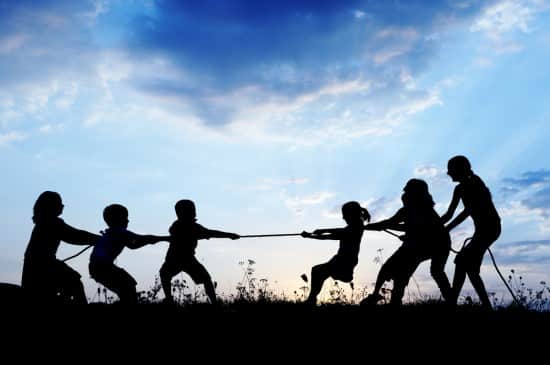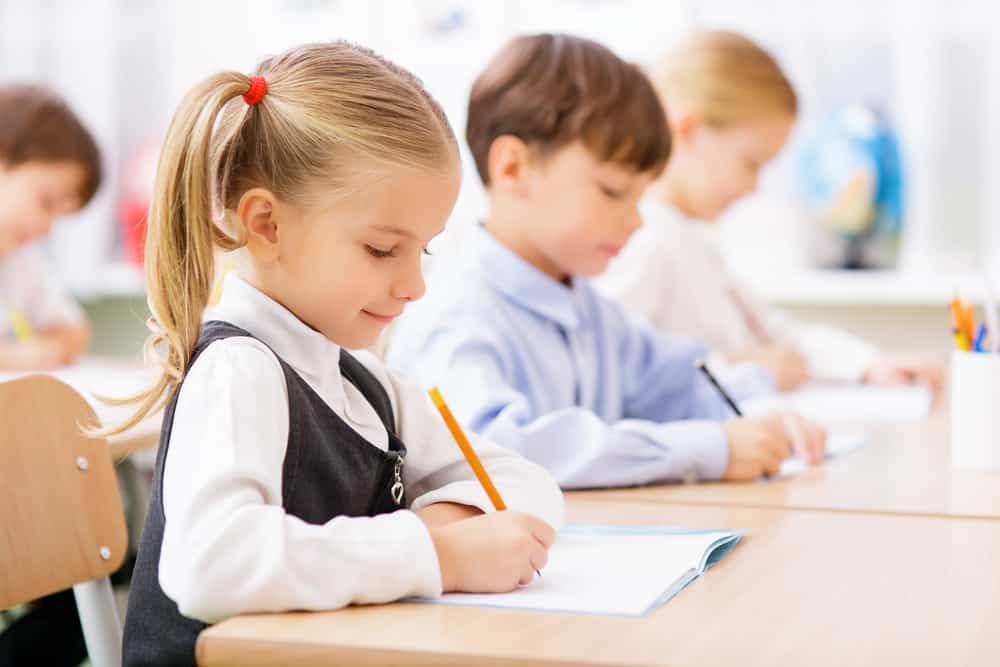Social Emotional Intelligence (SEI) is the ability to understand your own and other people’s emotions and to use this information to guide your behavior. Many teachers believe that fostering social emotional intelligence in students can help them better absorb knowledge in the classroom. The teacher who puts a high value on cultivating social emotional intelligence, is likely to have a calmer, more pleasant classroom environment. This is because students (and others) who are socially and emotionally intelligent can solve conflicts in the classroom. They are quick to understand what’s bothering their peers and to empathize with what they are feeling.
SEI is controversial, in that some do not see social skills as an inborn sort of intelligence. Lending strength to the debate against SEI as a kind of innate intelligence is the fact that most believe social emotional intelligence can be developed and improved by practicing good social skills. One might, for instance, practice active and constructive responding, or listening and responding to others actively and with empathy.
Inside and outside of the classroom, students who have high social emotional intelligence are great at sizing up their peers and understanding how they are likely to think and feel about things. That makes it possible for them to avoid saying or doing things that make their classmates feel uncomfortable. On the rare occasion that students with high social emotional intelligence make classmates uncomfortable, they know it right away and work to restore good feelings.
A student or any person with a high level of social emotional intelligence can be friends with all sorts of people, in many settings. That’s because the socially emotionally intelligent person, no matter where you stick him, is quick to pick up the social rules specific to that setting. Some people really do seem to be born with high social emotional intelligence, always landing well in social situations, others less so, somehow always missing social cues, and sticking their proverbial feet in their mouths.
Social Emotional Intelligence: Code Switching
A teacher who wants to develop the social emotional intelligence of his or her students may want to begin with a discussion on code-switching. Code-switching is adapting to the social code of a new situation. Imagine a student doing homework on a device such as an iPad or tablet. While looking up information on rainforests, the student finds a funny cat meme and stops to send it to a friend by private message on Facebook. This is normal behavior.
But take that same student and put her in a different setting. Now she is researching rainforests inside the classroom. She stumbles across something funny, such as a cat meme, but doesn’t send it to her friend. That would go against the classroom social code. Instead, she may make a mental note to find that meme later, when she is at home, and to then send it to her friend.
Here, the student is presented with the same situation, having found the same funny something (a cat meme), while researching the same specific topic (rainforests),with the very same tools (computer). What has changed is the setting and that setting’s code. She’s not at home. She’s in the classroom. What you do at home is different than what you do in the classroom. The behavior codes are different. The student who finds that meme in class and does not send it to a friend at that moment, is effective at code-switching. She gets that sending that meme right now would be inappropriate.
The student, on the other hand, who acts on impulse and sends that meme off to a friend during classroom time, may find it confusing to be reprimanded for doing exactly what she would have done in the same situation at home. She may not get that she is breaching class etiquette, by failing to follow the classroom code. Discussing similar examples in class can help students become more aware of codes and code switching, thus raising social emotional intelligence and awareness.
The teacher might, for instance, describe other situations and ask students to talk about how they might change their behavior to adapt to different settings with different codes of behavior. A teacher might lead a classroom discussion on the topic, asking students to talk about times when they weren’t sure how to behave in a given setting and how to identify social cues. Students can be asked to identify examples of code-switching in stories and books.
Social Emotional Intelligence: Conflict Resolution
Teachers can pair off students and give them conflicts to resolve, to help develop their social emotional intelligence. Students should be guided to find resolutions to conflicts by seeking a solution, showing respect for how others feel, and by adapting to a new situation which may involve compromise.

Social Emotional Intelligence: Give Air to All Feelings, Really Listen
When siblings fight at home, often parents don’t really care what the spat is about—they just want it to end. The same is often true of a teacher in a classroom, trying to teach, while students may be arguing in the background. The better approach is to let students say what they really feel, and listen carefully to what they say. By respecting students’ feelings, teachers teach students to respect the feelings of others (such as the feelings of the teacher!).

Social Emotional Intelligence: Encourage Active Constructive Responding
When students are proud of their work, teachers should be attentive. The teacher’s body language should reflect a positive connection with the student and what the student is saying. There should be eye contact and real enthusiasm. The teacher’s words should also offer praise and support for the student.
Extra Credit: Five Areas of Emotional Intelligence
Social emotional intelligence is a newcomer to the psychology scene, having popped onto the scene during the 1980’s. Psychologist Daniel Goleman saw emotional intelligence as having five main parts:

Self-awareness: knowing one’s own feelings and capabilities, knowing when you need help, and knowing what makes you emotional. Students can develop self-awareness by keeping a journal; asking for input from classmates; and simply slowing down to get a clearer picture of one’s own behavior (take a break, take a walk, do deep-breathing).
Self-management: knowing how to control one’s emotions when they might get in the way of productivity. Students can get a hold of themselves when feeling frustrated or angry by doing something that changes the energy of what they are feeling. Exercise, for instance, can help rid the body of tension, and give the student a burst of endorphins. Have a student squeeze a hand grip ten times, when he feels angry.
Motivation: For students in the classroom, motivation is about behaving in a way that brings emotional rewards such as happiness and satisfaction. Remind students how good they’ll feel when they see those A’s lined up next to the subjects listed on a report card, and how great it will be to see a proud parent’s smile.
Empathy: The first three areas of emotional intelligence are self-related and directed. Empathy is about others, for instance how well students read and deal with their classmates’ emotions. Empathy means really listening to classmates and making eye contact. Don’t minimize the importance of what your classmate feels. On the teacher’s part, active, respectful listening, without interruptions, is bound to generate empathy between students in the classroom.
Social skills: This is how students manage to make others’ feelings and needs fit with their own, how they find common ground and make things work in the classroom or social environment. Begin by teaching them how to resolve disagreements, which begins with identifying the students’ feelings. Sometimes, it’s best to walk away from a conflict and return to the discussion calmer. Once both students are calm, they can hone in on the nature of the problem. Only having identified the problem, can students work toward resolution. Both should try to cooperate with the other wherever possible.
Not all social skills have to do with conflict resolution, of course. For some students, being new in a school, meeting new people, brings anxiety. Sometimes, it takes time to learn the code of a new school, or the code of a new friend, whose home culture is unfamiliar. Through active listening, and being respectful of others and kind, students can identify common ground to create bonds of friendship.
